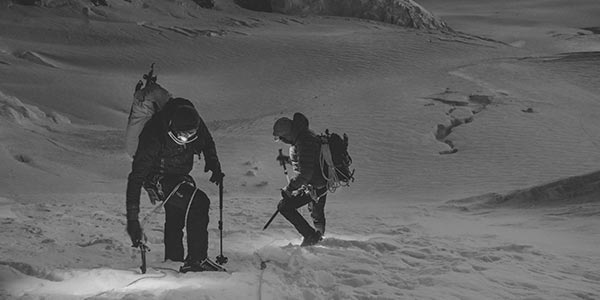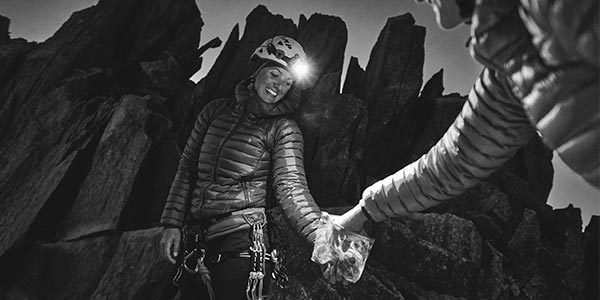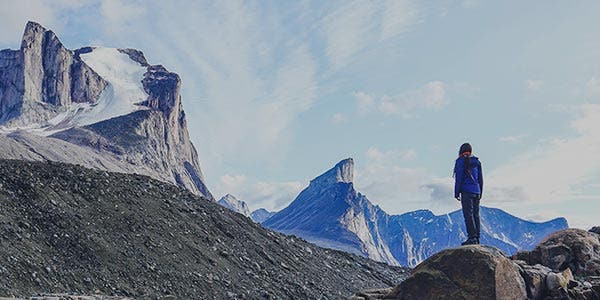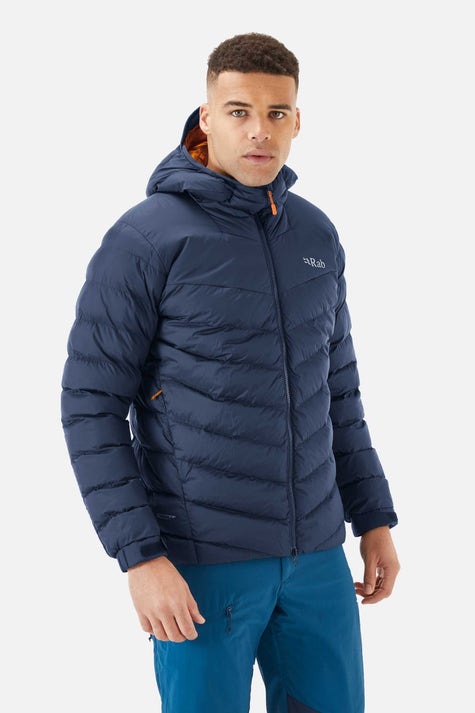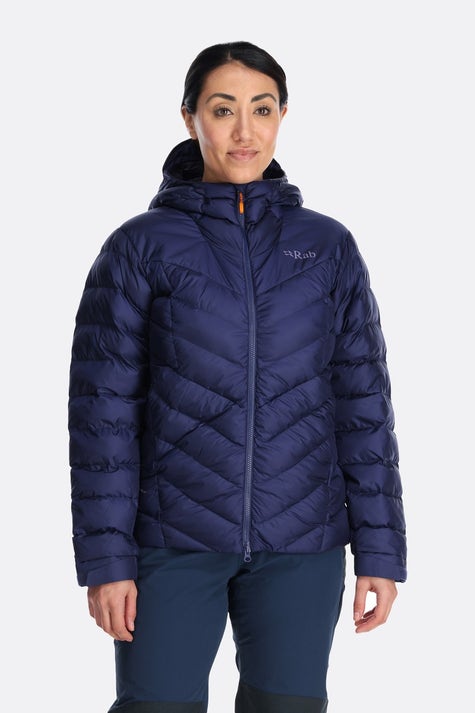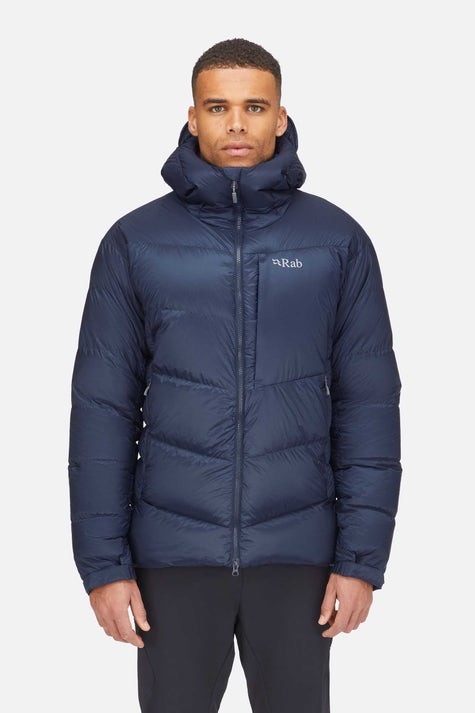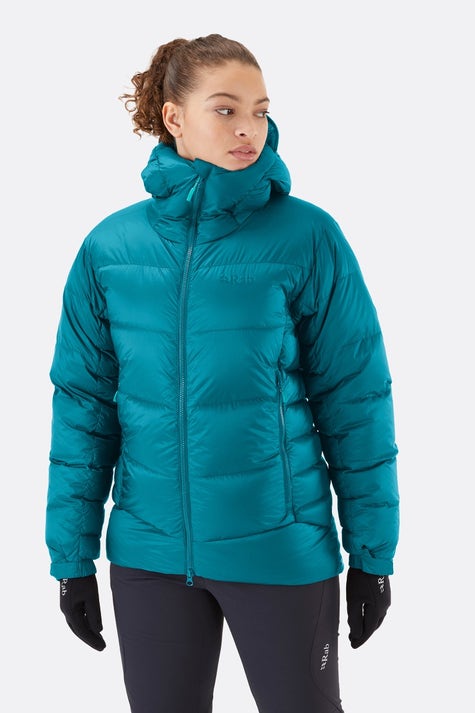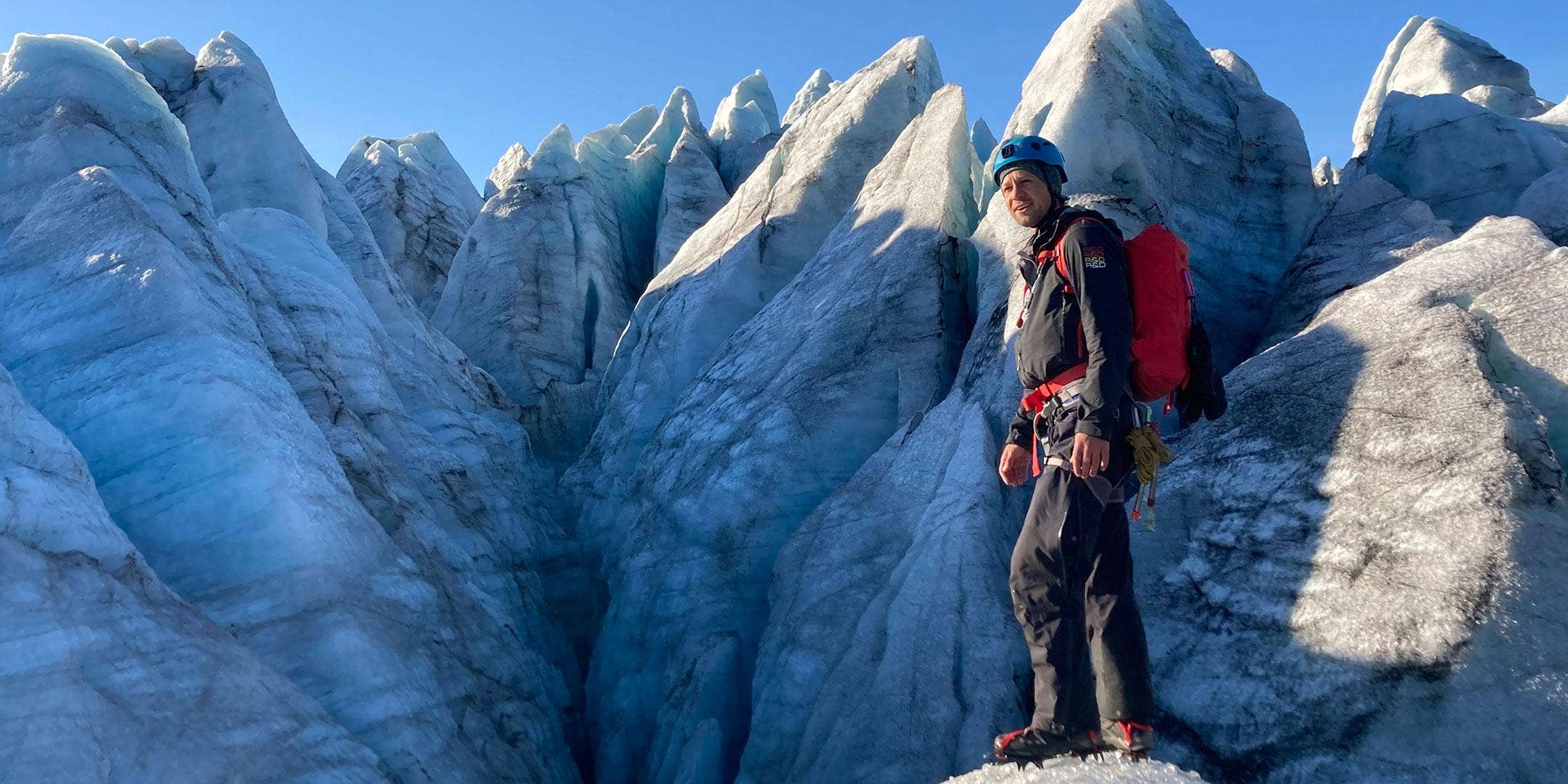
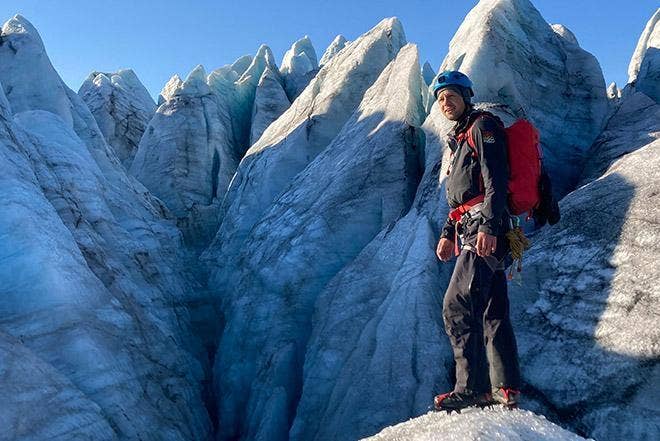
The first 333km of our east-to-west traverse in Iceland was easy. Almost too easy. The weather was reasonably fair, we were making huge progress and not even a single blister appeared on our feet. The gods seemed to be looking after us. But that was all about to change.
We made it to the Askja caldera, the famous crater lake surrounded by magnificent mountains – snow on the tops all year round – but we were in for some difficult decision making.
“There is a storm coming, I would highly recommend you guys to stay with us in the rangers hut for a day or two until the storm passes”, Anna kindly offered.
“And let's also talk about the current status of the volcano", she added.
The volcano had suddenly become active again. In the last two weeks the land has risen 7 centimetres, and nobody knows what that means. The last eruption was quite a violent one, shooting loads of pumice in the air and causing mayhem.
“Do you want to know our evacuation plan in case something happens?", Anna says while grinning.
“There is none! We get away from here as quick as possible and you guys are on your own.”
She laughs and explains that's just how the Icelanders deal with the threat of active volcanos all around them. “You're free to go, it's your funeral", she continues, “just watch out for the pumice sinkholes inside the caldera. Sometimes you can drop more than a meter, which might be a bit scary". Scary indeed and adding another layer to the fears I have about moving on.
The next morning we woke up in the first snow and knew life wouldn't be as easy anymore. Nevertheless, we did decide to push on, hope for the best and see how far we would get.
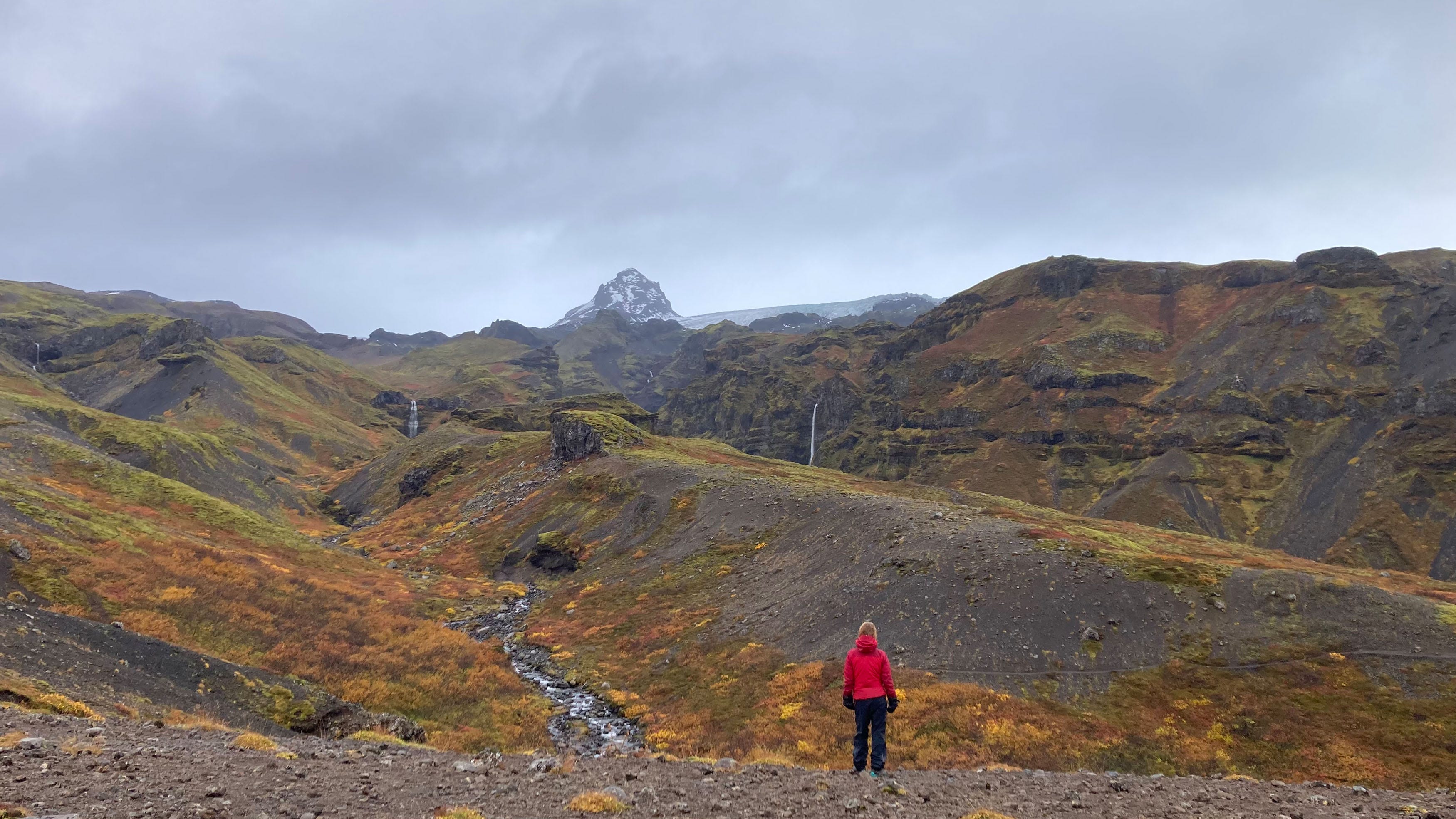

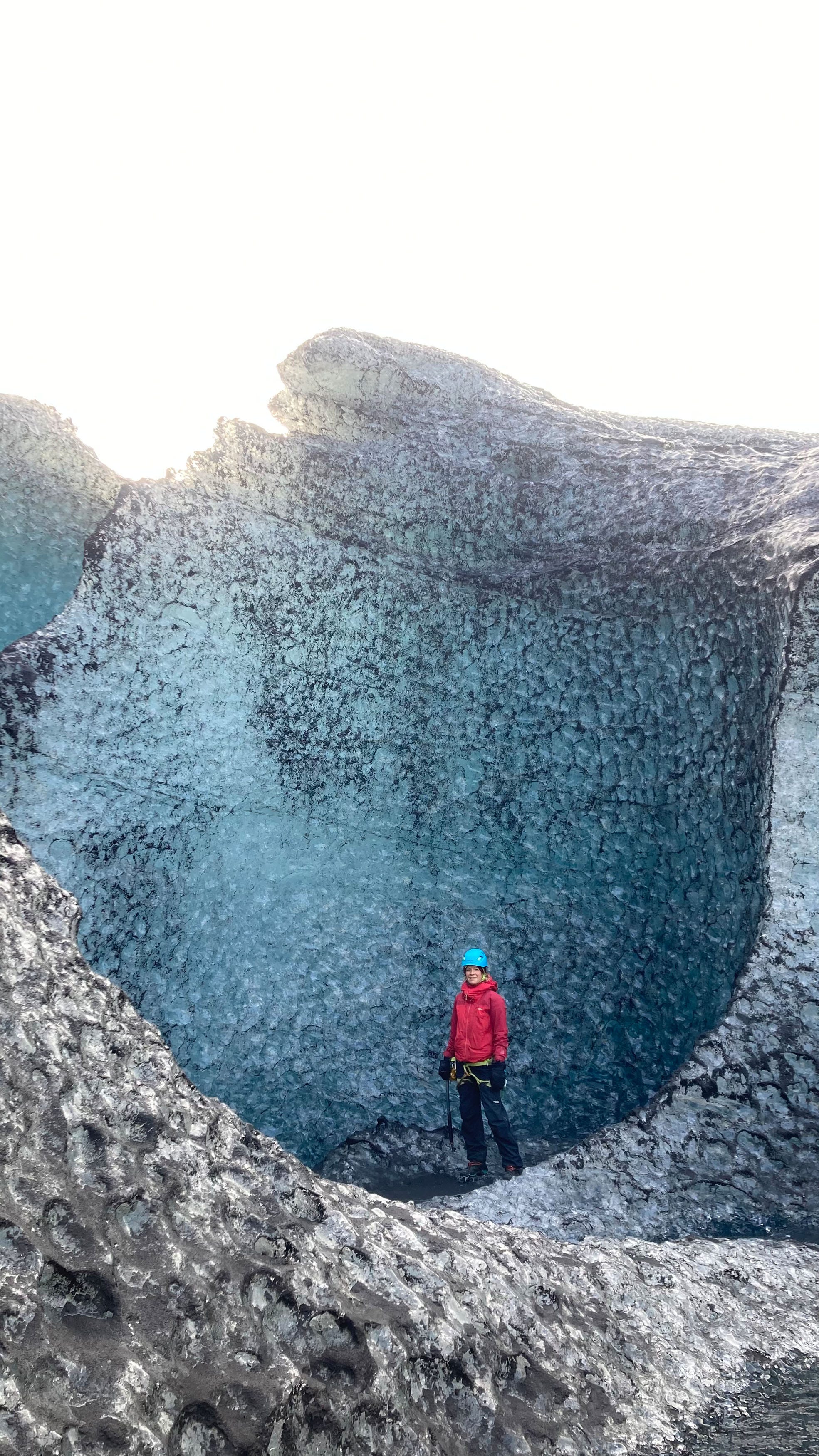

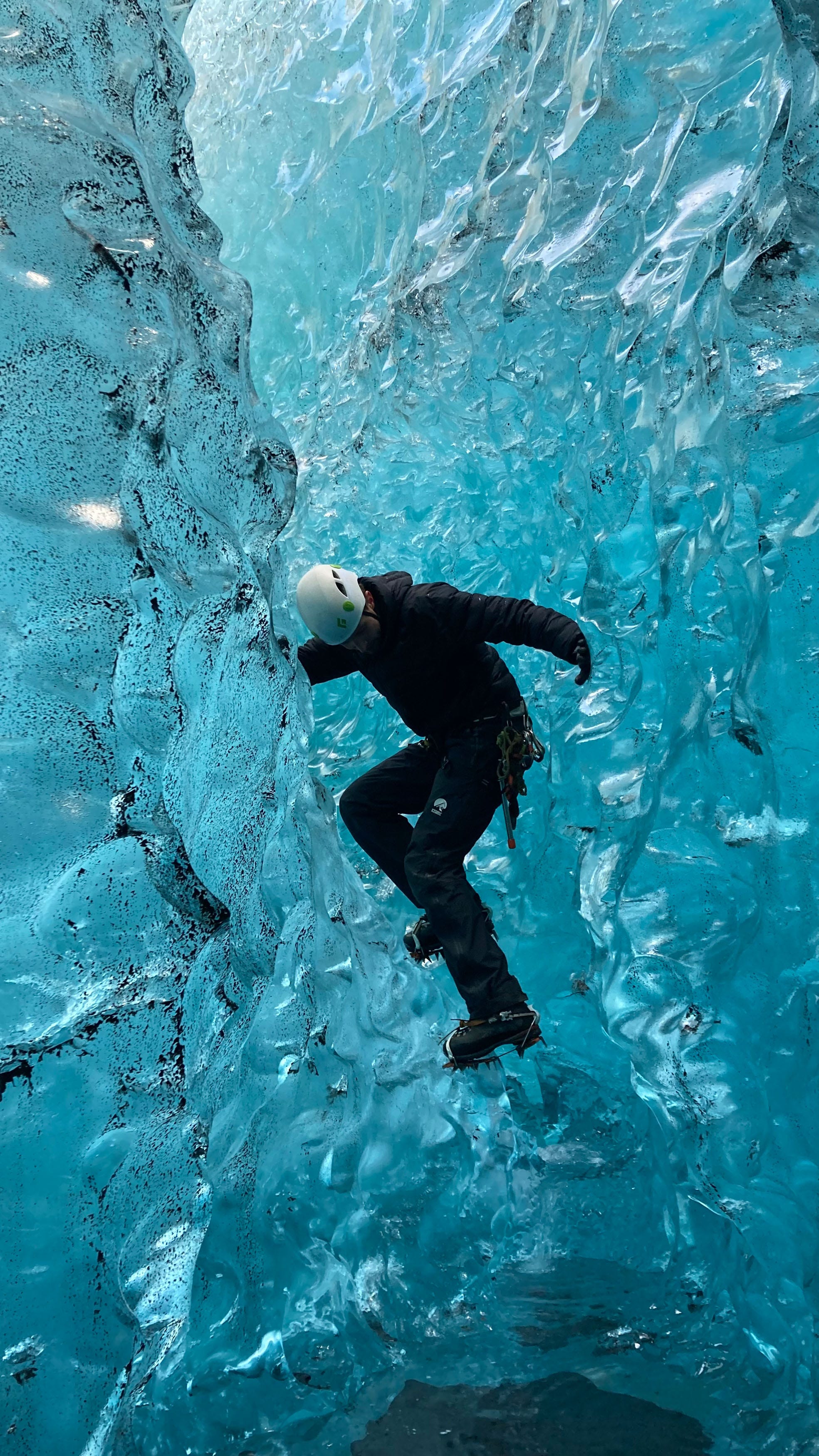

The storm was over, but the wind was still so strong that we had to lock arms to make it over the mountain passes into the caldera. I could barely stand without getting blown away and sometimes I had to drop onto my knees and hands to wait for a gust to blow over. Our bags were heavy with 7 days' worth of food, but we saved ourselves from carrying water over the mountain as Anna's co-ranger assured us the water from the lake would be drinkable. It was not.
The view from the crater rim was exquisite and we screamed our way down to the water shore as we were so excited to have the crater all to ourselves, knowing it could explode at any moment. Climbing down to the shoreline we already started to wonder about the water quality though: the edges were bright yellow with sulphur and the water stank of rotten eggs. Disappointed we had to climb back up the mountains to find a little sheltered spot to melt litres of snow. The next water supply would be 100 kilometres away – if we were lucky.
“We haven't been there for a while, but there should be around 10 litres of water left”, Anna told us when pointing at a tiny hut on the map on the edge of the glacier. So that is what we aimed for. It was a long, hungry and thirsty hike, but an incredible remote and beautiful one to reach the little hut, where we thankfully did find a few plastic canisters with drinking water.
And then the fun began.
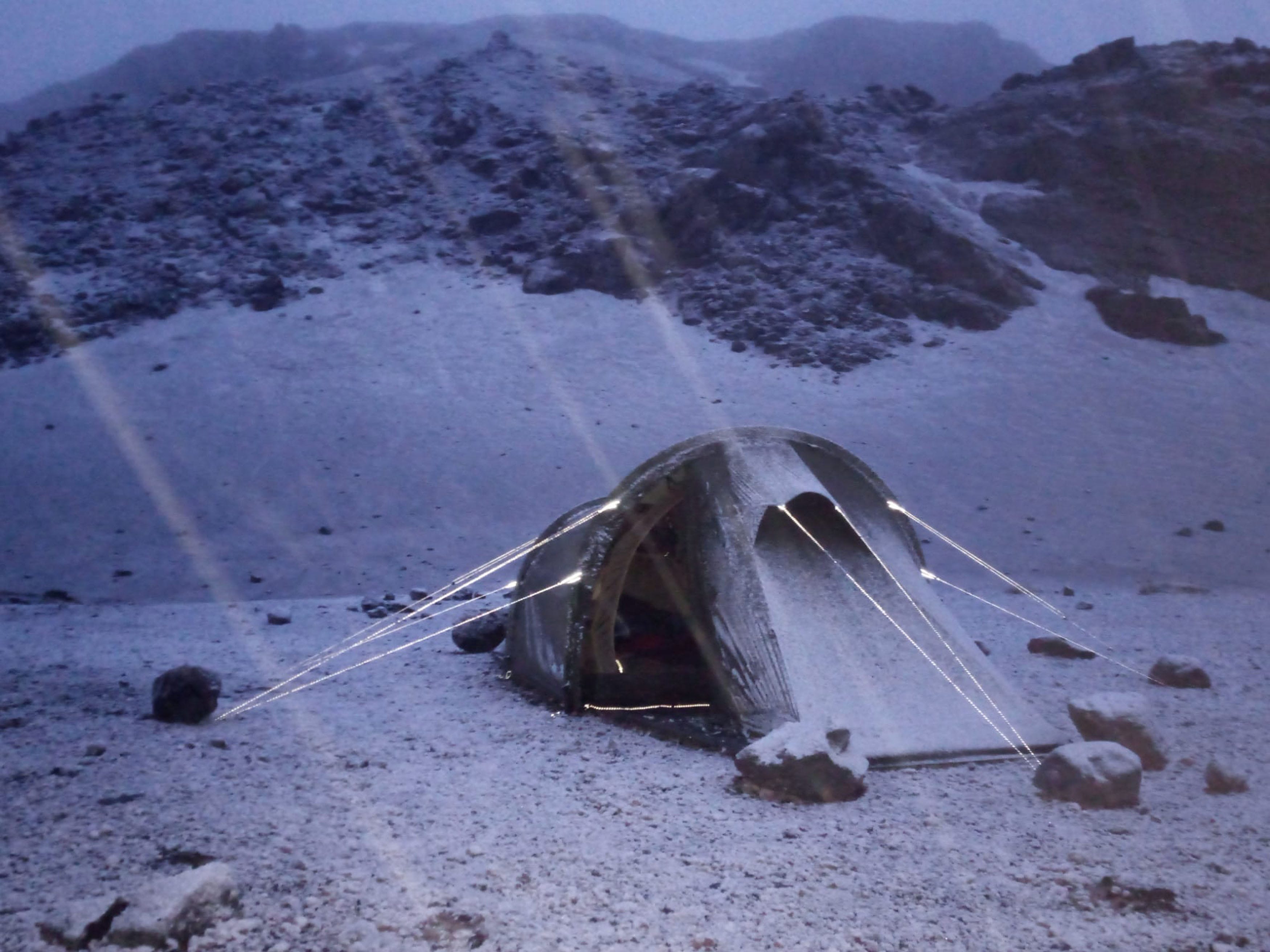

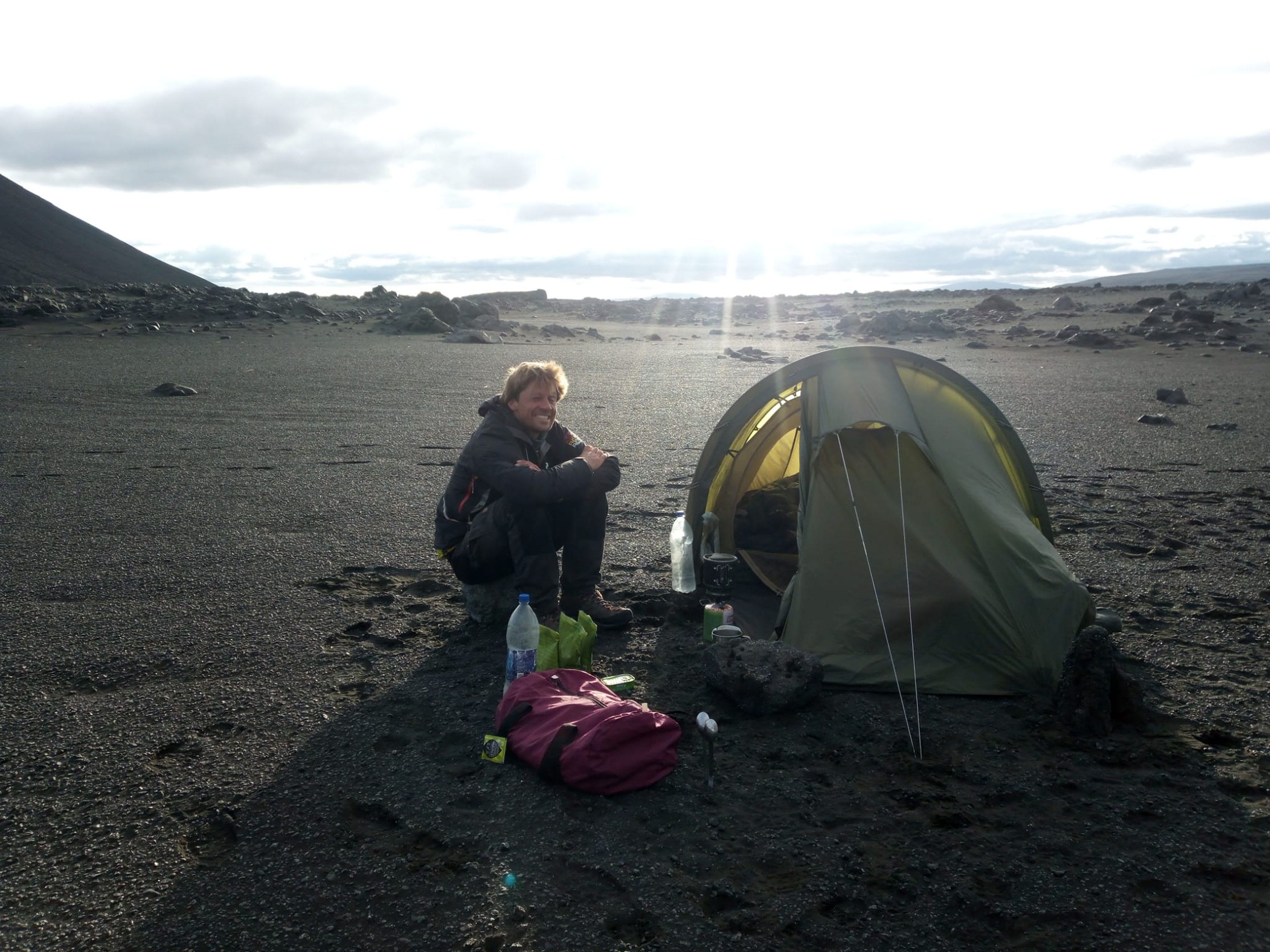

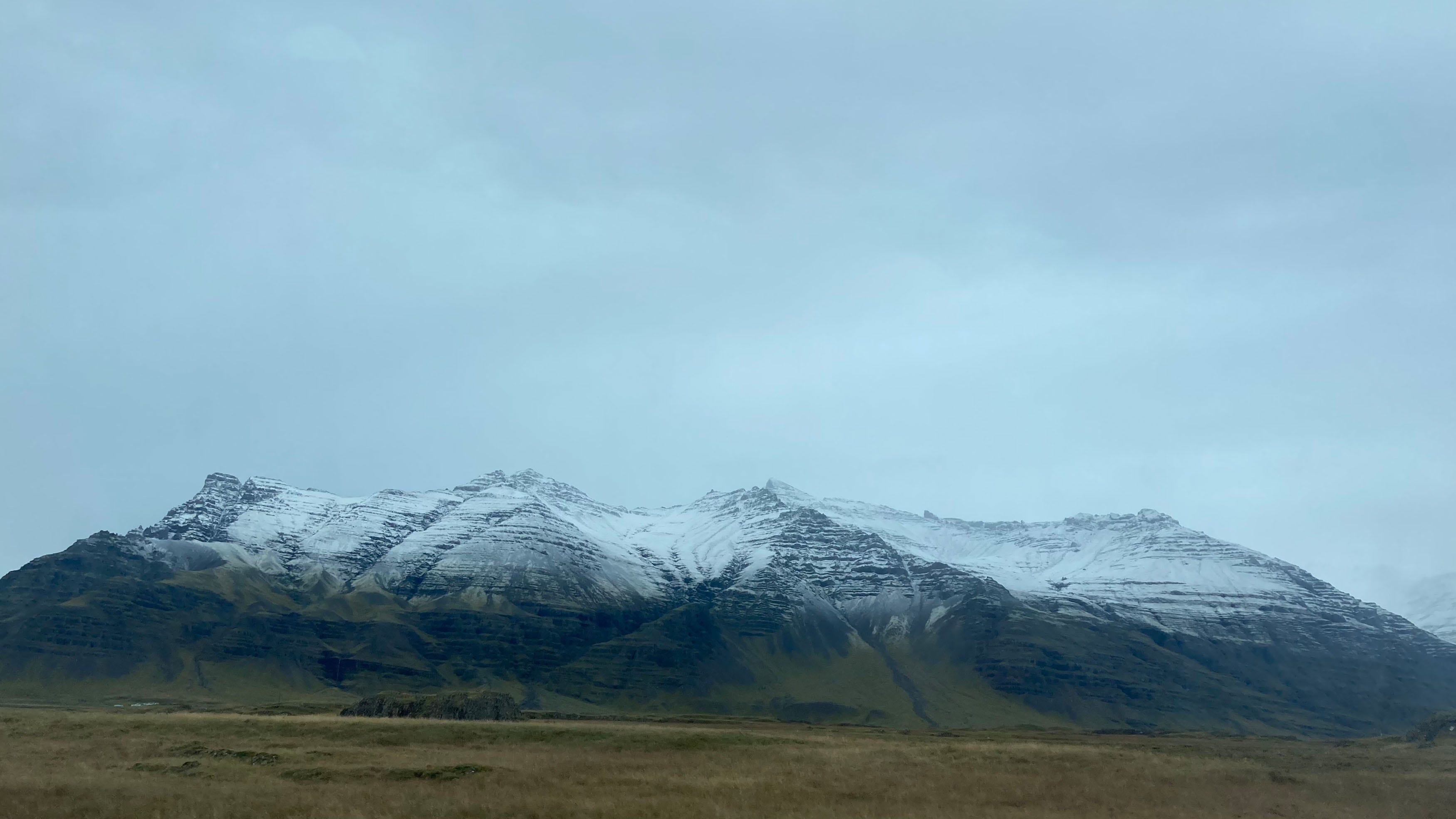

Storms of 30 m/s, with gusts even more fierce hit the little hut all through the night and didn't slow down the next day. We decided to go for it though as there was not enough water to hold it out for long in there. It was tough. Bent over as far as possible we pushed in against the headwinds, while the (corona) facemasks we carried helped our ability to breath in the wind. The fine volcanic sand blowing in our eyes was painful and we took turns looking up for where to go (stupid me for not bringing goggles!). Somehow, we managed to make 25+ kilometres a day but the nights were not pleasant. No tent is capable of withstanding this weather for long and after a few nights of not sleeping, holding on to tent poles and re-staking the pegs, we realised we were not going to be able to walk on much longer. Our jackets and shoes weren't capable of keeping the Icelandic rain out. The soles of Tjeerd's shoes had completely worn out after 500 kilometres and his belt buckle had broken.
How long should one keep going on regardless?
After a few more wet days and one reasonable day - enjoying the incredible geothermal area of Vonarskard with all its colours and abundant hot water streams - we surrendered. A French couple offered us a lift down south where we were hoping to find more shelter. Their time machine drove us three days' worth of hiking to the rainbow mountains around Landmannalaugar. We lasted two more days here, but then gave up. We would have to go back to Reykjavik to get proper gear and rethink our plans as the storm season didn't seem to blow over.
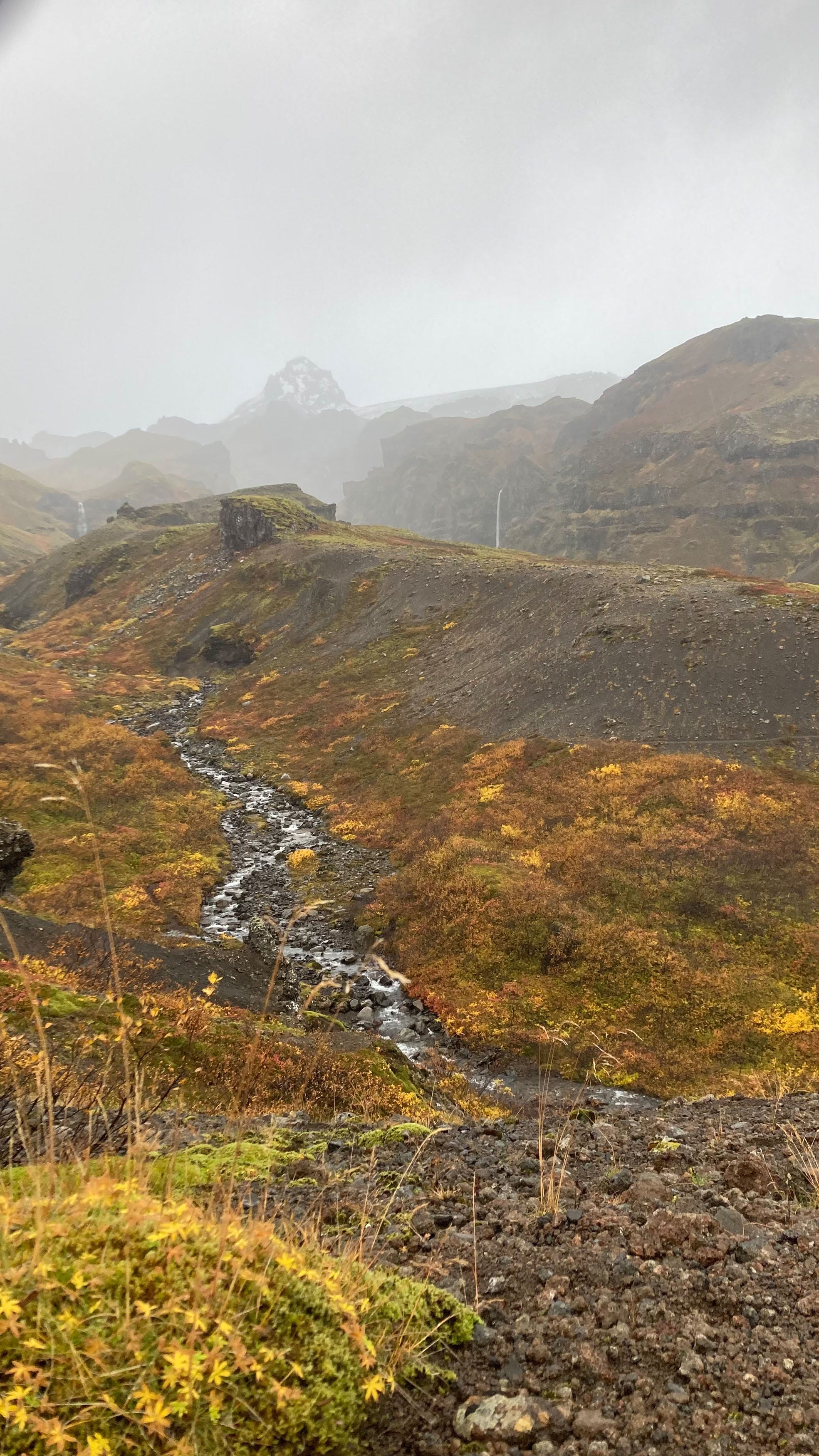

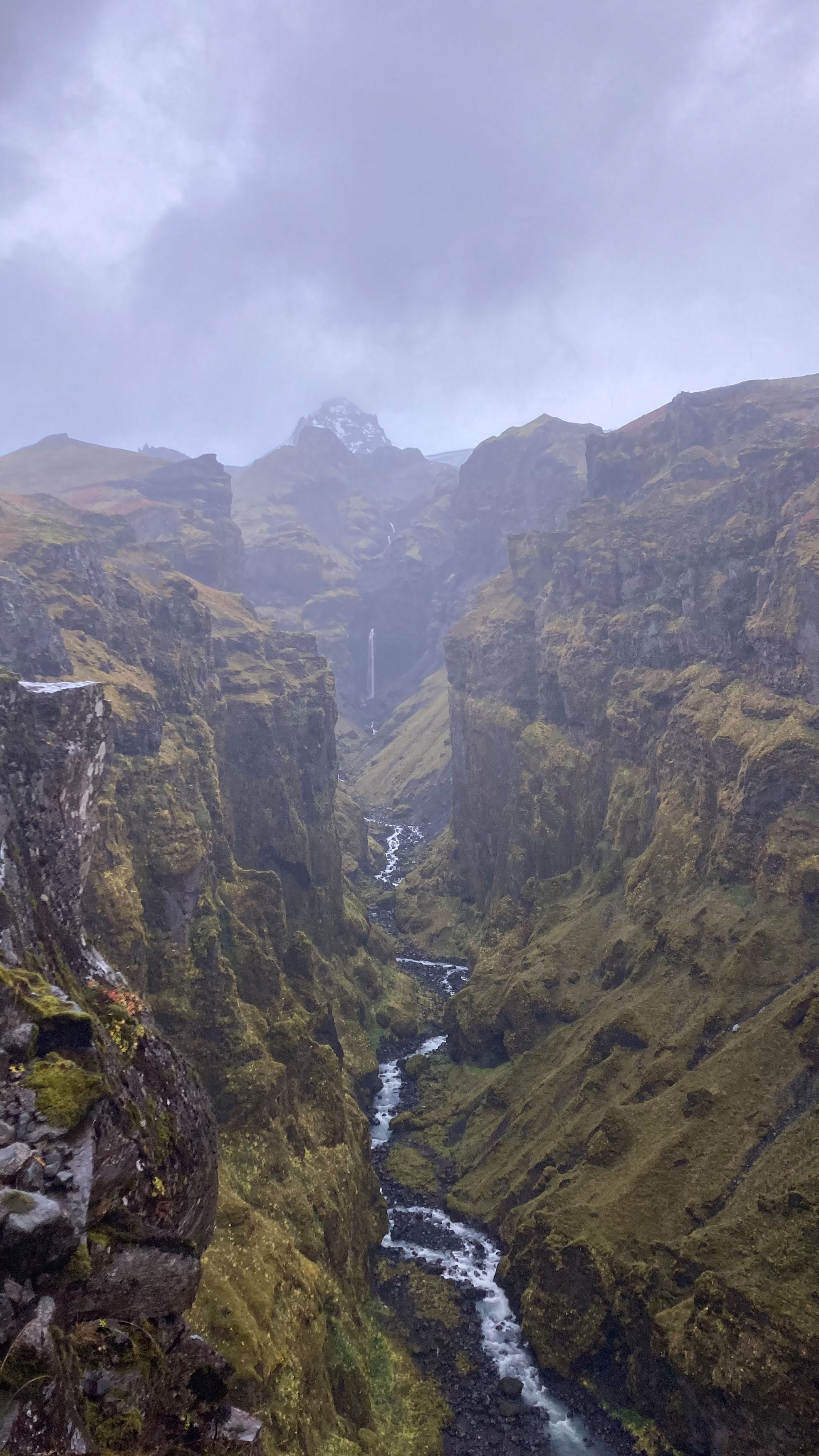

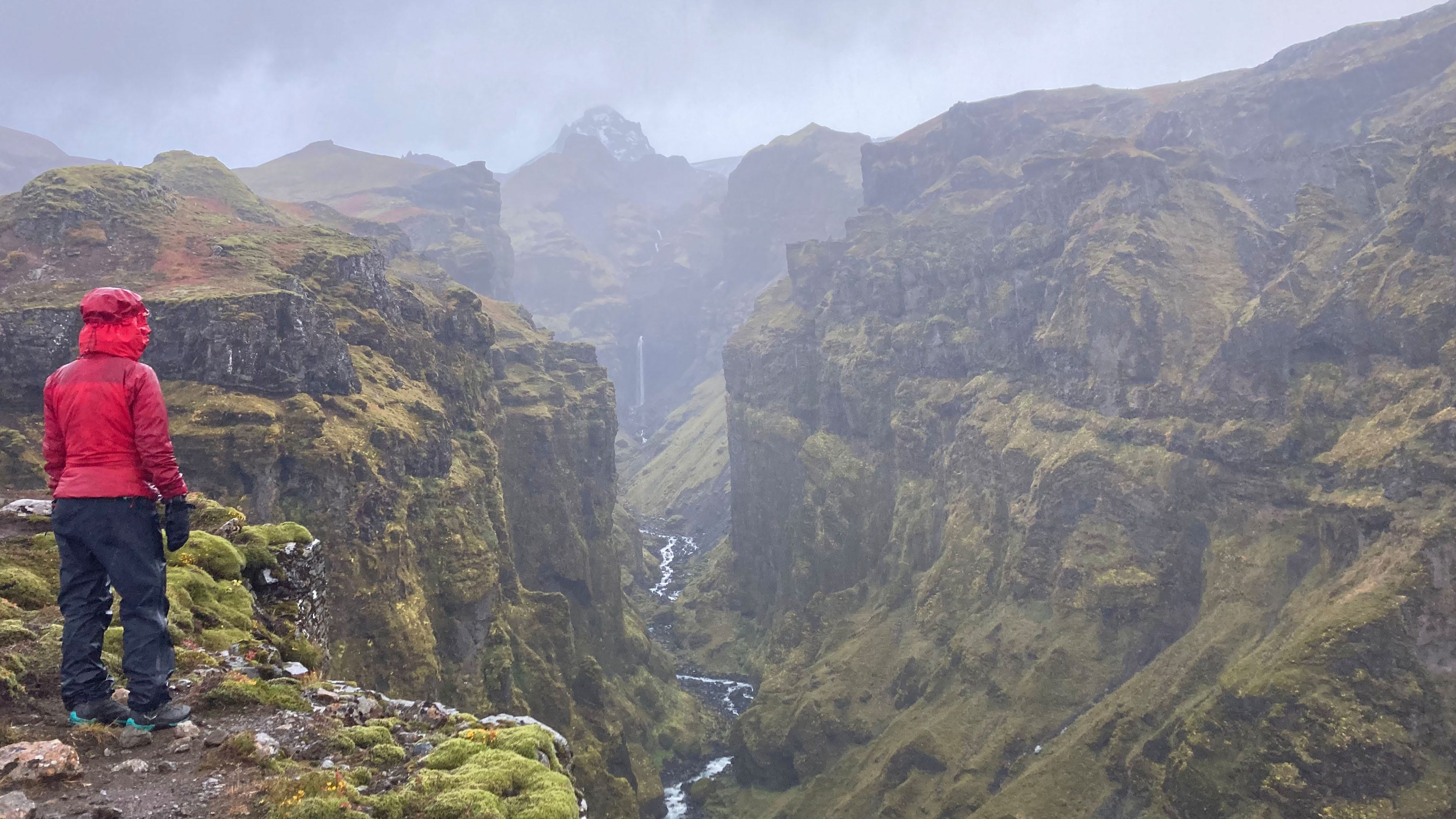

That day I got an e-mail. “Are you still interested in participating in the Wilderness First Responder course? Two spots have opened up for next week.”
It was exactly what I had hoped to do when I asked about the course earlier in the summer. So we signed up. Almost all participants were glacier guides in Iceland and Tjeerd and I had both brought our climbing gear to Iceland, hoping to get on to the glaciers after finishing our hike. Serendipity?
Anyways, after an amazing course, learning many valuable skills, the news was still telling us about rooftops getting blown off of houses, campervans rolling off the streets, and lots of snow falling in the highlands.
"You want a ride to Iceland's most beautiful glacier?”, one of our new friends asked us, “and care to join me to camp out in an ice cave?” Of course we would!
He left. We stayed. We spent another week on the glacier, practising our crevasse rescue skills, admiring Icelands many moulins, ice caves and other cool icy features, and lowering each other down into them to climb back out. It is amazing what world opens up to you as soon as you start wearing a pair of crampons!
Finally, though. the wind broke us. The poles of our tent were bent, the zip broken, my summer mattress way too cold, and our shoes worn out. We'll have to come back in summer or with proper winter gear, but for now it's time to say goodbye to Iceland and thank the country and its people for our amazing time out there in Europe's most stunning, inviting and terrifying wilderness.
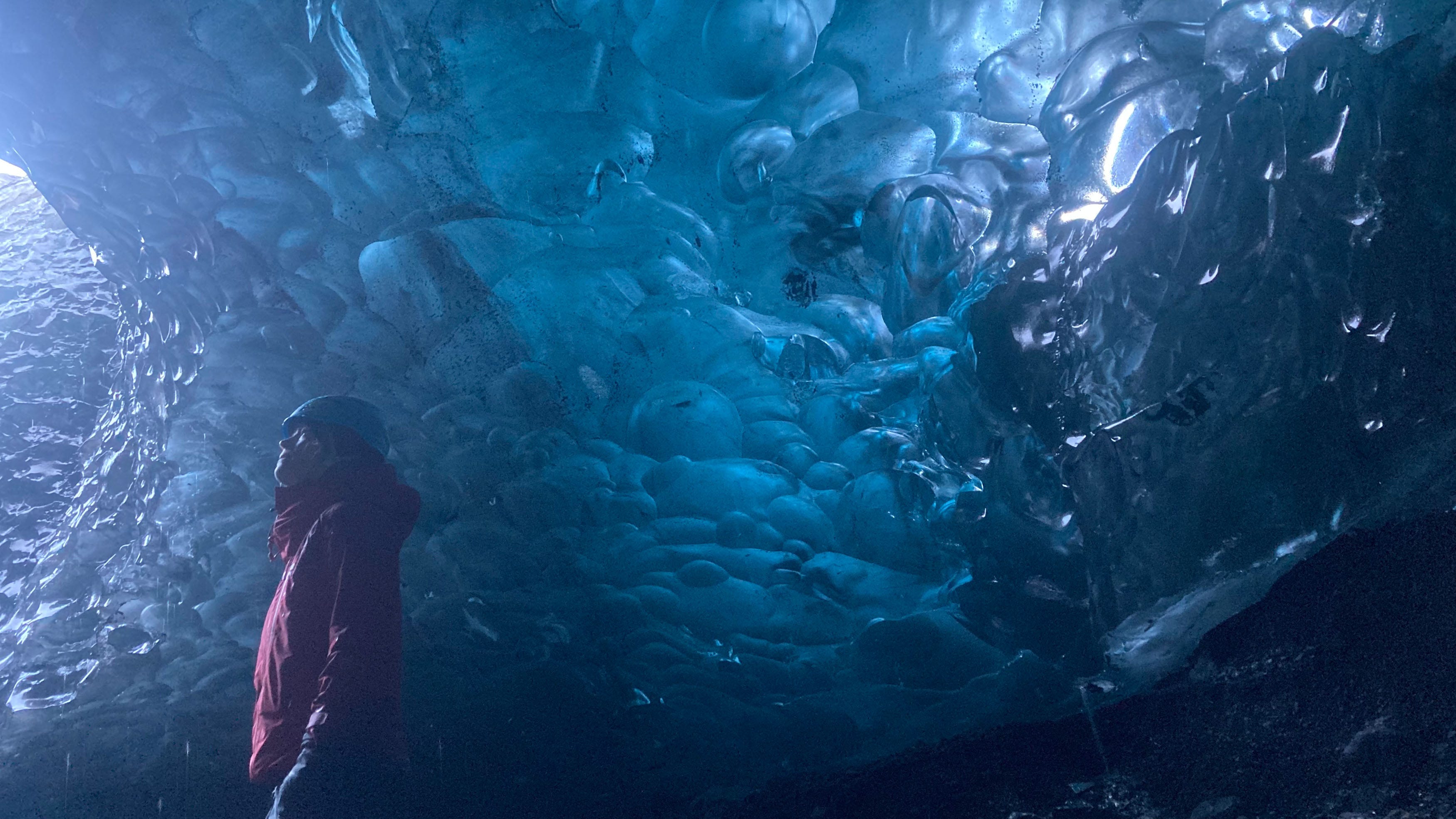

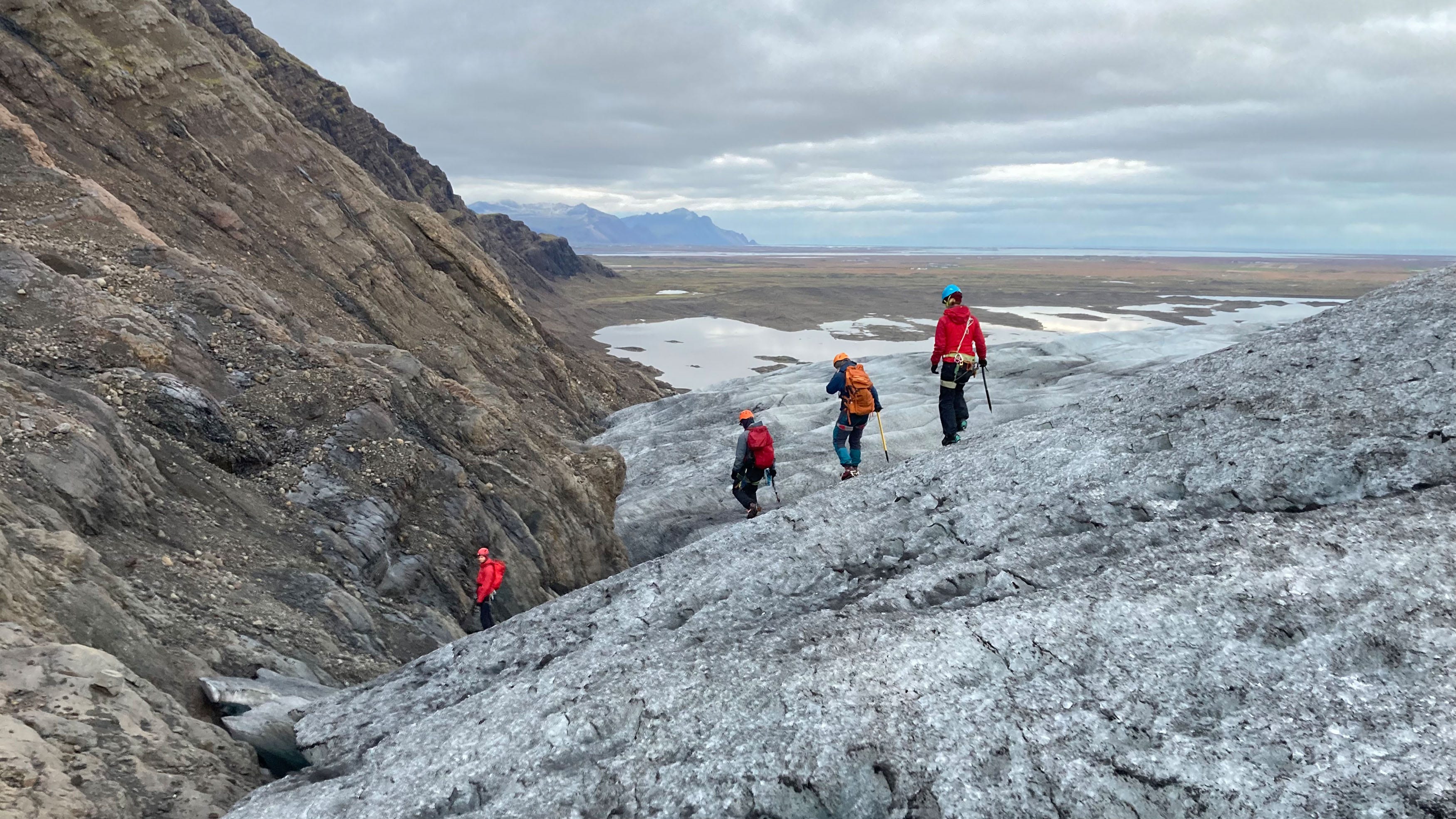

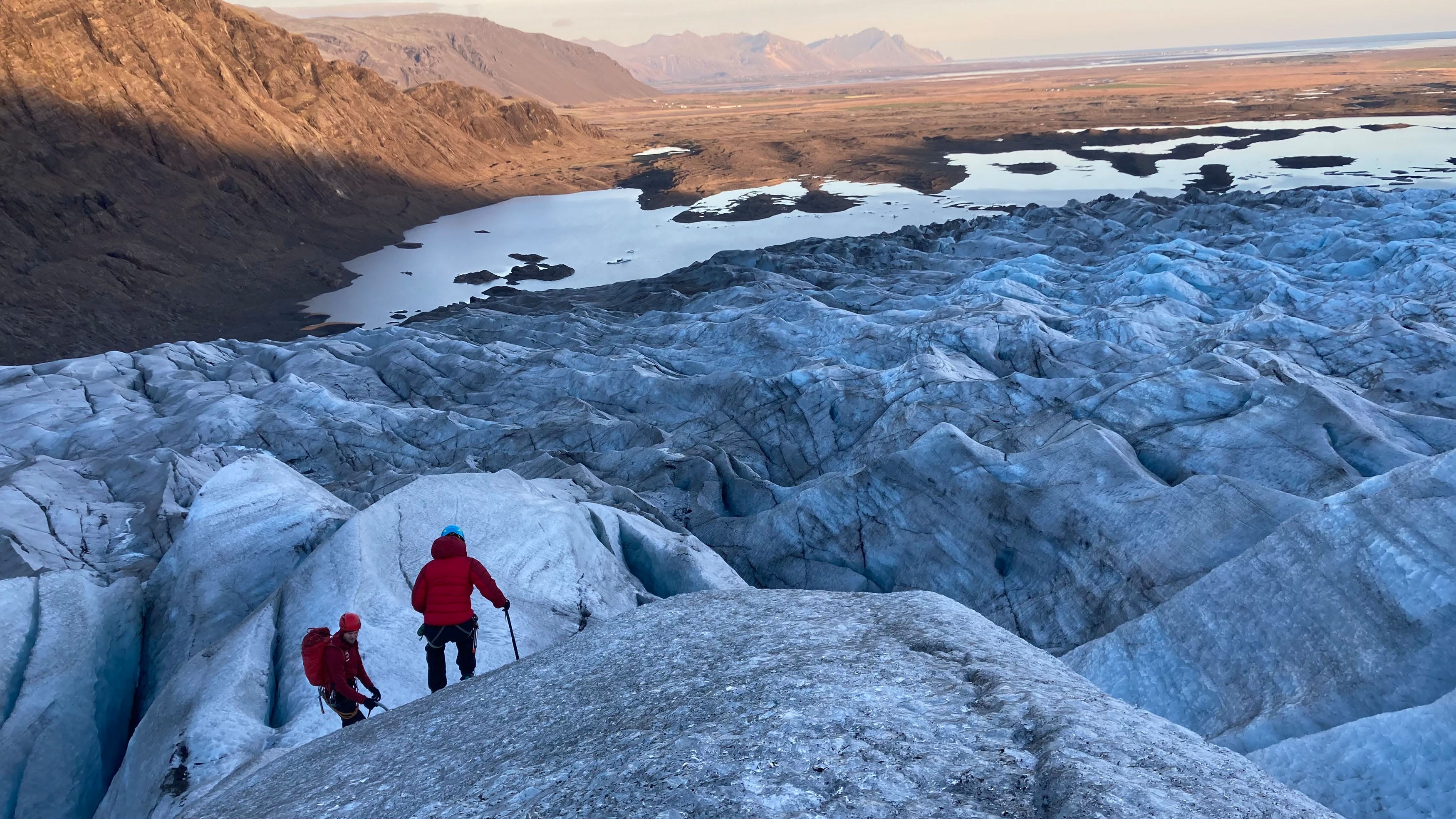

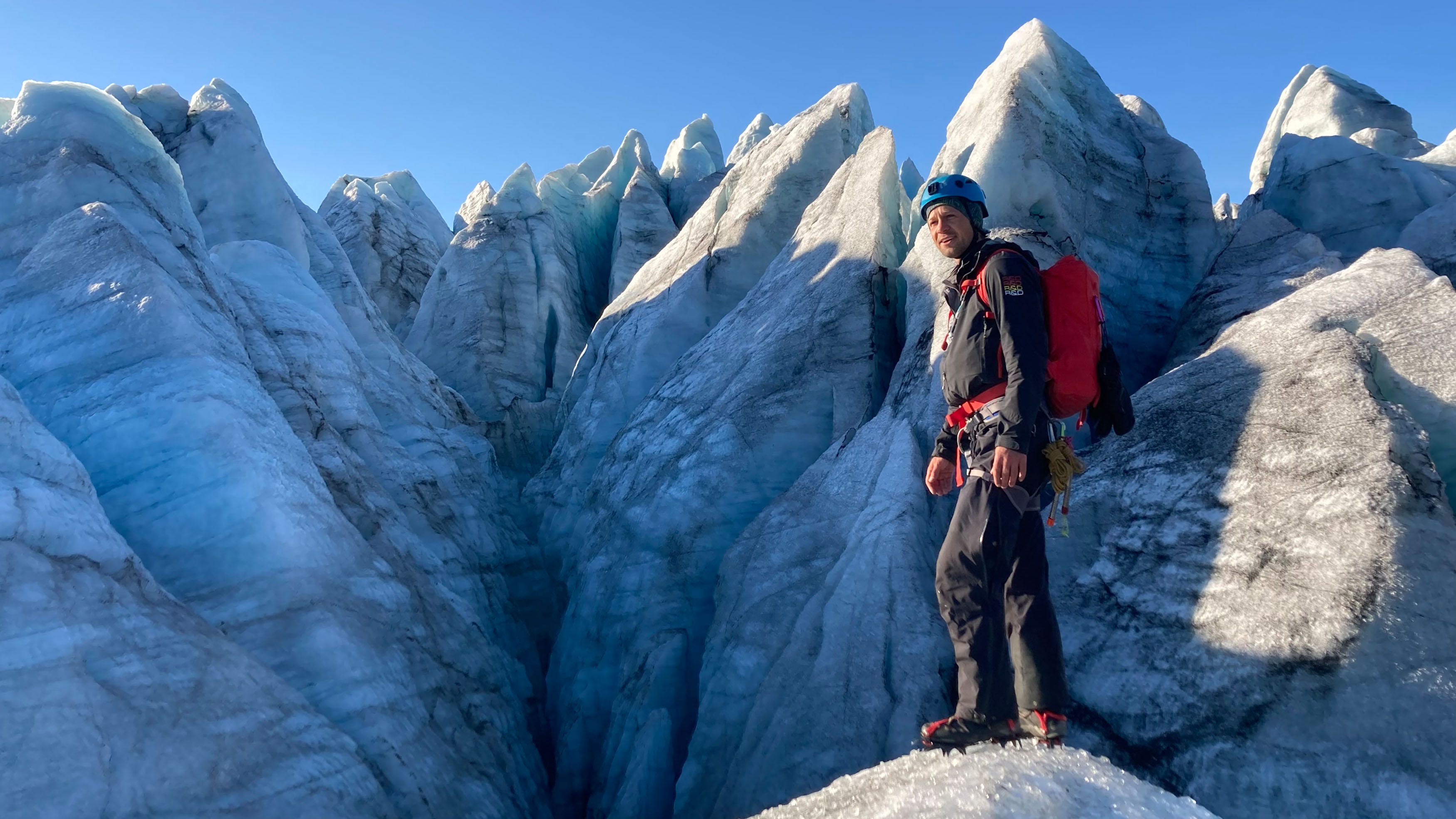

Tamar Valkenier is a true inspiration when it comes to exploring this world in its wildest and most remote areas. Be it a two year solo bike-packing trip through Europe, Australia and Indonesia; a five months solo expedition through the Mongolian Altai mountains with her own horse, camel and dog; a three month hunting trip in New Zealand or a traverse of the Jordan desert with the aid of a donkey – Tamar is always looking for the pure and wild way of exploring unknown places.
Read more about Tamar here

